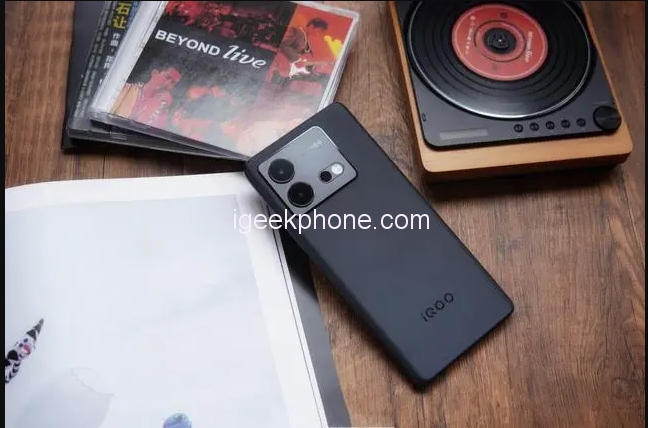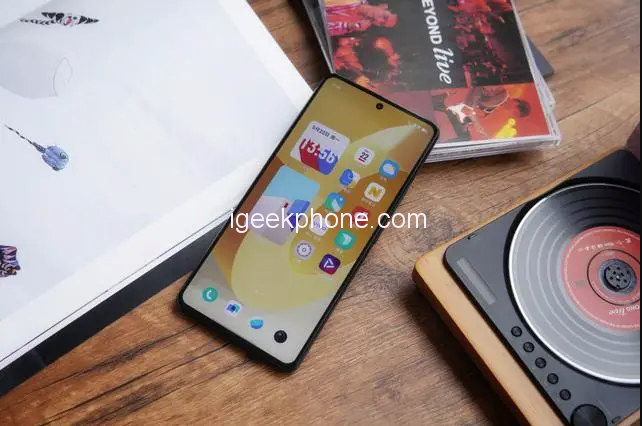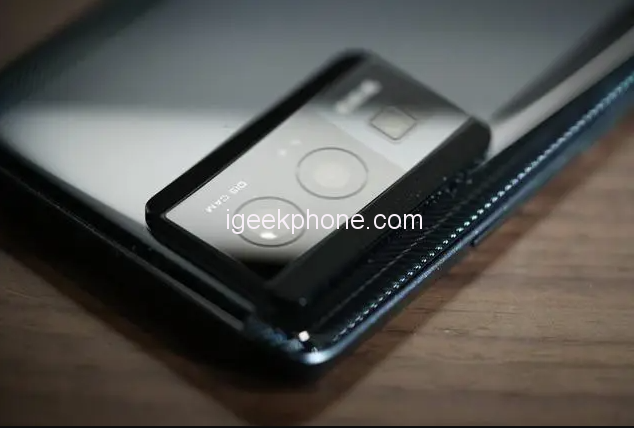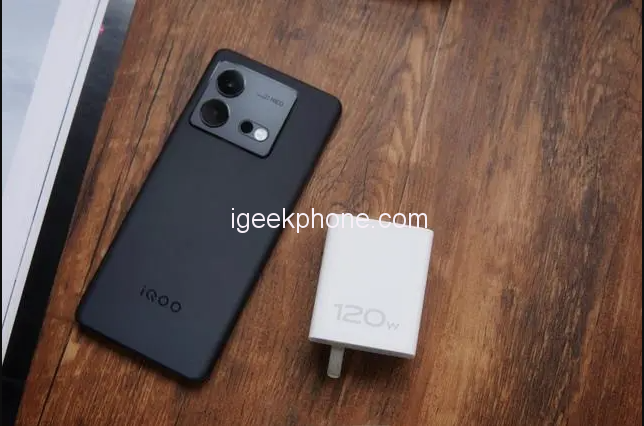Redmi K60 Pro and iQOO Neo 8 Pro are both highly interesting smartphones in the market. Initially, these two models were expected to have a clear competitive relationship. However, iQOO Neo8 Pro has managed to create a price dislocation competition by offering a super-large storage version. Despite this, when considering the overall user experience and price-performance ratio, the Redmi K60 Pro emerges as the better option.
Let’s delve into the hardware aspects of these devices. The Redmi K60 Pro is equipped with a Qualcomm Snapdragon 8Gen2 processor, whereas the iQOO Neo8 Pro utilizes a MediaTek Dimensity 9200+ processor. In terms of performance, the Dimensity 9200+ is positioned slightly higher and offers slightly stronger performance. However, the power consumption of this chip is not as efficient as the Snapdragon 8GEN2. In gaming scenarios, the average power consumption of the Dimensity 9200+ is approximately 0.5W higher. Considering the gaming experience, the Qualcomm chip provides an advantage, and manufacturers of image adjustment features find it more convenient to work with the Qualcomm chip.
Moving on to the screens, the Redmi K60 Pro boasts a China-made Huaxing Optoelectronics 2K display with a resolution of 3200X1440. It supports features like 12-bit color depth, and 1920Hz high-frequency PWM dimming, among others. On the other hand, the iQOO Neo8 Pro features a China-made BOE 1.5K direct screen with a resolution of 2800X1260. It supports a wide color gamut of 1.07 billion colors, 2160Hz high-frequency PWM dimming, and a 144Hz touch sampling rate. In terms of display quality, the K60 Pro offers superior color richness, clarity, and brightness.
When it comes to the camera systems, the lens modules of iQOO Neo 8 Pro and K60 Pro are quite similar, with the main difference lying in the rear main camera. The Redmi K60 Pro sports a 50-megapixel main camera with a Sony IMX800 sensor, which supports OIS optical image stabilization. Meanwhile, the iQOO Neo8 Pro features a 50-megapixel main camera with a Sony IMX866V sensor, also with OIS optical image stabilization. The specifications of the two lenses are relatively similar, and the actual imaging performance is a close match. However, the Redmi K60 Pro has the added advantage of a 2MP macro lens.
Both models are equipped with a 5000mAh battery and support 120W super flash charging. Additionally, the Redmi K60 Pro offers the convenience of 30W wireless charging. In terms of pricing, there isn’t a significant difference between the Redmi K60 Pro and iQOO Neo8 Pro. However, the K60 Pro provides more options in terms of storage versions, while the iQOO Neo8 Pro is primarily sold in the 16+256G version, limiting the choices available to users.
In conclusion, both the Redmi K60Pro and iQOO Neo 8 Pro offer excellent value for their respective price points. At the current stage, you can’t go wrong with either choice. However, considering the price reduction and the resulting increase in the price-performance ratio, the K60 Pro emerges as the more favorable option. Ultimately, the decision depends on your personal preferences and priorities.
Read Also: Redmi K60 Pro vs. OnePlus Ace 2: Which is the Better Phone?
Do not forget to follow us on our Facebook group and page to keep you always aware of the latest advances, News, Updates, review, and giveaway on smartphones, tablets, gadgets, and more from the technology world of the future.









